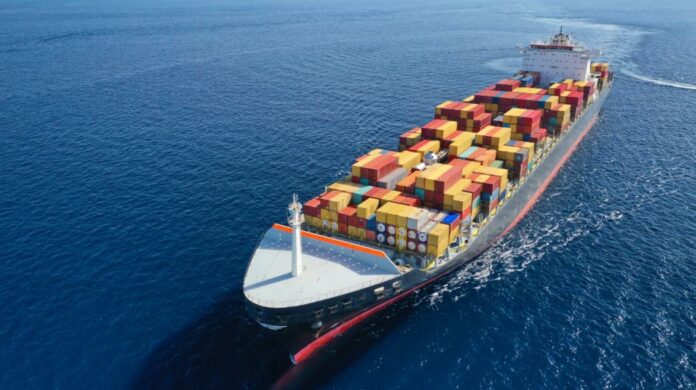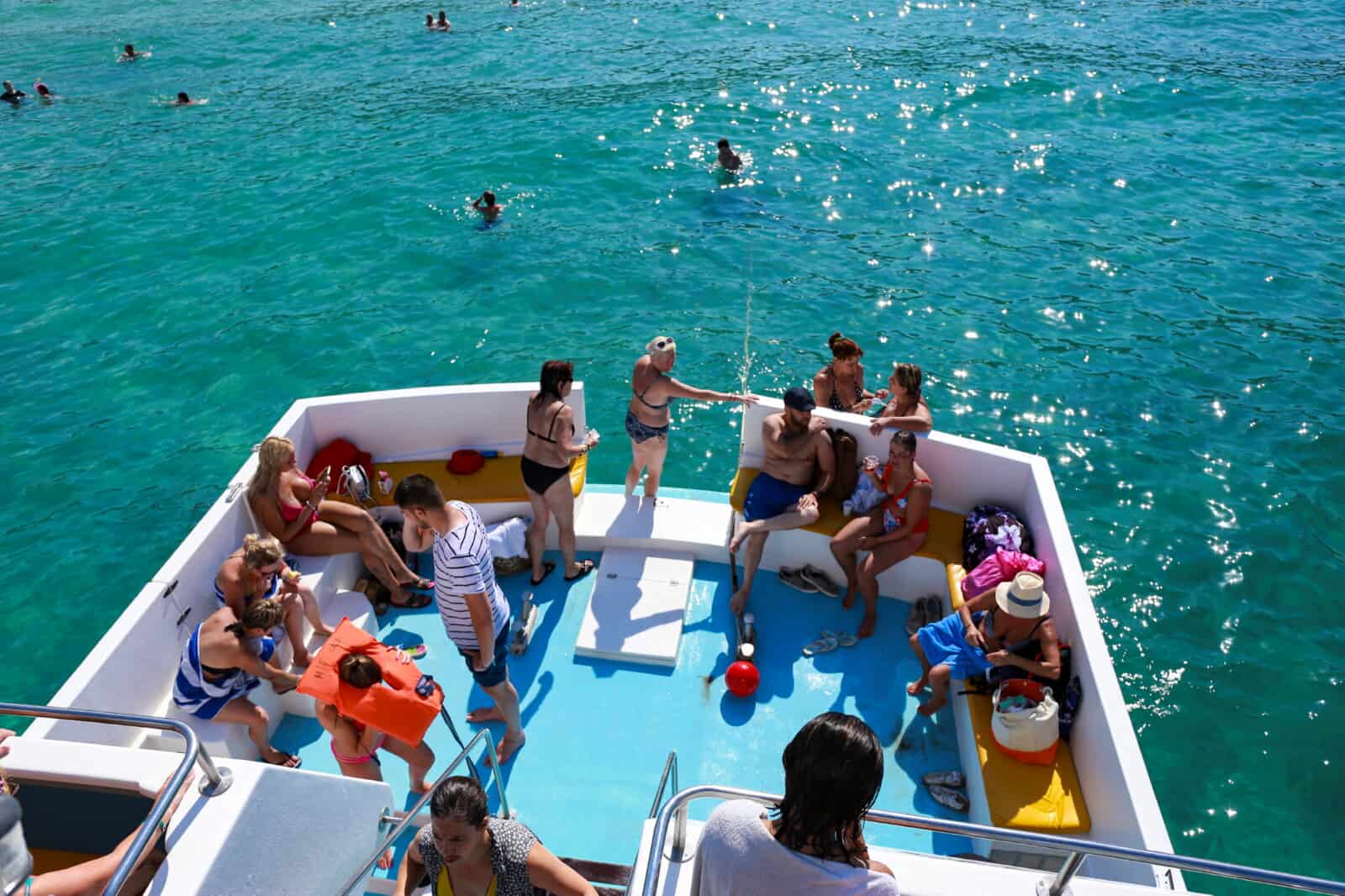

By Dr. Antonis St. Stylianou*
In an important decision the European Council and the European Parliament agreed on the use of cleaner fuels in maritime transport which includes reducing carbon dioxide emissions from shipping to 2% from 2025 and to 80% from 2050, the use of land-based supply infrastructure energy by 2030 and the use of at least 2% of specific forms of renewable fuels from 2034, so that the European Union becomes climate neutral, in the framework of the Fit for 55 plan.
The main objective defined by the wider strategy of the Fit for 55 plan and the related agreement concerns the transition of the shipping sector at the European level to the use of renewable energy sources, low-polluting fuels and decarbonisation. The agreement provides for specific measurable parameters in the processes of weaning off fossil fuels and increased carbon dioxide (CO2) emissions in specific timelines. Indicatively, it states that ships should gradually reduce greenhouse gas emissions to 2% by 2025, 6% by 2030, 14.5% by 2035, 31% by 2040, 62% by 2045 and 80% by in 2050. These reductions concern ships over 5,000 gross tonnage which according to today's data are responsible for 90% of carbon dioxide emissions but also for all the energy used on ships and in European ports. It is emphasized that on the basis of the agreement reached between the European Council and the European Parliament, the European Commission should by 2028 carry out an assessment of whether it is necessary to extend the conditions for the reduction of pollutant emissions to ships with a smaller tonnage capacity or to increase the claims on ships coming from outside the European Union.
In addition, important are the provisions regarding the power supply to passenger ships and container ships docked in major European ports until 2030 and for which there should be a connection to an onshore power unit while they are tied up at berths. For the remaining ports of the European Union, this clause will apply from 2035, if these ports have shore-based power supply systems. The above receive specific exceptions regarding the docking of ships for less than two hours, the use of zero-emission technologies or docking in cases of unforeseen circumstances or emergency situations.
The agreement reached between the European of the Council and the European Parliament and the policies related to the processes of the green transition and the Fit for 55 plan and in particular those related to maritime transport and European ports are a global pioneer and the most ambitious program to get rid of carbon emissions related to maritime transport, shipping and port activities, which in conjunction with other individual and broader policies will lead to the green transition.
*Lecturer in Law at the University of Nicosia, LL.B Law (Bristol), Ph .D in Law – International Law and Human Rights (Kent), Director of the Legal Clinic Unit of the University of Nicosia.




